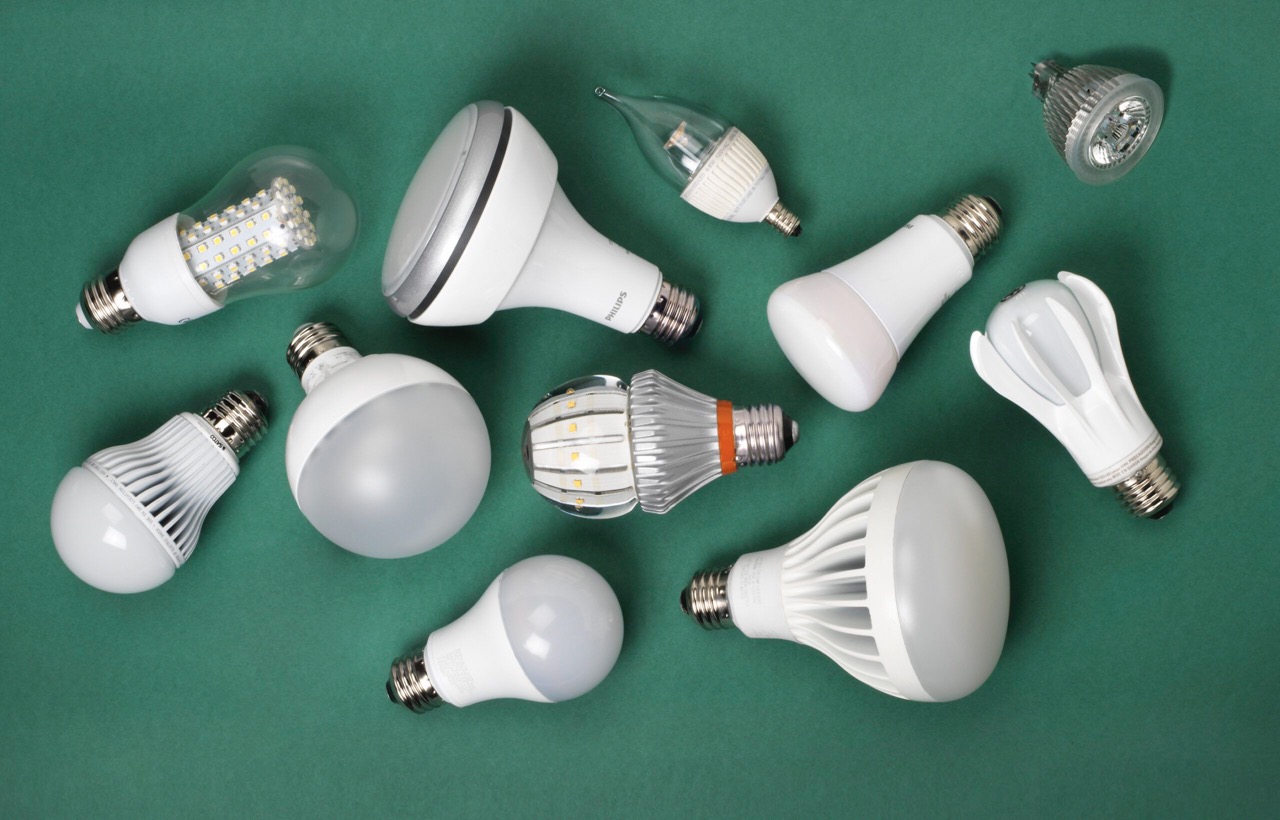

Articles
How To Know What Watt Light Bulb To Use
Modified: February 22, 2024
Want to know what watt light bulb to use? Read our informative articles on choosing the right light bulb wattage for your needs.
(Many of the links in this article redirect to a specific reviewed product. Your purchase of these products through affiliate links helps to generate commission for Storables.com, at no extra cost. Learn more)
Introduction
When it comes to lighting your home or workspace, choosing the right wattage for your light bulbs is essential. The wattage of a light bulb refers to the amount of power it consumes, and it directly affects the brightness of the light it emits. Understanding which wattage to use can help create the desired lighting ambiance, while also being mindful of energy efficiency.
In this article, we will guide you through the process of determining what wattage light bulb to use for different situations and environments. Whether you are looking to brighten up a room, create a cozy atmosphere, or simply conserve energy, we will provide you with the necessary insights to make informed decisions.
Understanding the basics of wattage, determining the purpose of the lighting, matching the light fixture, considering energy efficiency, assessing room size and function, factoring in ambient lighting, and taking personal preferences into account are all crucial factors in knowing what watt light bulb to use. Let’s dive deeper into each of these aspects to help you make the best choices for your lighting needs.
Key Takeaways:
- Choose the right wattage for your light bulbs by considering the purpose of the lighting, room size, and personal preferences. Match the wattage to the light fixture for safety and optimal performance.
- Opt for energy-efficient LED bulbs and consider existing ambient lighting when selecting the wattage. Tailor the lighting to create the desired atmosphere and enhance every corner of your space.
Read more: What Is The Lowest Watt Light Bulb
Understanding Wattage
Wattage is a measurement of the amount of electrical power that a light bulb consumes. In simple terms, it determines how bright the light emitted by the bulb will be. The higher the wattage, the brighter the light.
When purchasing light bulbs, you will often find the wattage information printed on the packaging. It is important to note that the wattage indicated on the packaging is the maximum power that the bulb can handle. It does not necessarily mean that the bulb will always consume that much power.
In recent years, the introduction of LED (Light Emitting Diode) bulbs has made choosing the right wattage more complex. Unlike traditional incandescent bulbs, LED bulbs use significantly less power to produce the same amount of light. This means that an LED bulb with a lower wattage can provide the same brightness as an incandescent bulb with a higher wattage.
It is also worth mentioning that certain types of light bulbs, such as compact fluorescent bulbs (CFLs) and halogen bulbs, may have different levels of brightness even with the same wattage. Therefore, it is important to consider the type of bulb when determining the appropriate wattage for your lighting needs.
Now that we have a basic understanding of wattage, let’s explore how to determine the ideal watt light bulb to use in different situations.
Determining the Purpose
Before selecting the wattage for your light bulbs, it is crucial to consider the purpose of the lighting. Different activities and areas require varying levels of brightness to meet your specific needs.
For general lighting purposes, such as illuminating a living room or hallway, you may opt for a higher wattage bulb to provide sufficient brightness. This will ensure that the space is well-lit and visually appealing. However, keep in mind that excessively bright lighting may create a harsh and uncomfortable atmosphere.
On the other hand, for areas where you desire softer and more ambient lighting, such as bedrooms or dining rooms, lower wattage bulbs are usually more suitable. These lower wattage bulbs can create a cozy and relaxed ambiance, perfect for unwinding or enjoying a meal with loved ones.
Task-oriented areas, such as home offices or kitchens, typically require brighter lighting. Here, you should consider using higher wattage bulbs to provide ample light for reading, cooking, or any activity that requires focused attention.
Consider the mood and atmosphere you want to create in each room. Soft lighting, achieved with lower wattage bulbs, can enhance relaxation and create a calming ambiance. While brighter lighting, achieved with higher wattage bulbs, can promote productivity and alertness.
By determining the purpose of the lighting in each area, you can better gauge the appropriate wattage needed to achieve the desired lighting effect.
Matching the Light Fixture
When selecting the wattage for your light bulbs, it is essential to consider the compatibility with the light fixture. Different light fixtures are designed to accommodate specific wattages for optimal performance and safety.
Firstly, check the label or specifications of the light fixture to see the recommended wattage range. This information will give you a clear idea of the wattage limits that the fixture can handle. Exceeding the recommended wattage range can lead to overheating and potentially damage the fixture.
In addition to wattage, it is also important to consider the bulb shape and base type to ensure proper fitting and functionality. Light fixtures are designed with specific socket sizes and bulb types in mind, so it is crucial to match them accordingly.
For example, if you have a fixture with a standard medium screw base (E26), make sure to choose light bulbs with the same base type. Similarly, for fixtures with smaller sockets, such as candelabra bases (E12), select bulbs that are compatible with that specific base.
Some light fixtures, such as ceiling fans or bathroom vanity lights, may have limitations on the type of bulbs that can be used. These fixtures may require special bulbs that are designed to withstand vibrations or moisture. Always check the manufacturer’s guidelines or consult with a lighting professional if you are unsure.
By matching the wattage, bulb shape, and base type to the specifications of the light fixture, you can ensure proper functionality, longevity, and safety.
Considering Energy Efficiency
In today’s world, energy efficiency is a crucial aspect to consider when choosing light bulbs. Opting for energy-efficient bulbs not only helps reduce your carbon footprint but also saves you money in the long run.
When it comes to energy efficiency, LED bulbs are the top choice. LED bulbs use a fraction of the energy consumed by traditional incandescent bulbs while providing the same, if not better, level of brightness. They are highly durable and have a longer lifespan, reducing the need for frequent replacements.
When selecting LED bulbs, pay attention to the lumens rather than the wattage. Lumens indicate the brightness of the bulb, while wattage indicates the energy consumed. Most LED bulbs will provide lumens information on the packaging, allowing you to choose an appropriate brightness level for your needs.
For example, a 60-watt incandescent bulb can be replaced by an LED bulb with around 800 lumens. Additionally, LED bulbs often come with dimming capabilities, allowing you to adjust the brightness according to your preferences and further optimize energy usage.
Other energy-efficient options include compact fluorescent bulbs (CFLs) and halogen bulbs, although they are not as efficient as LEDs. CFLs consume about 75% less energy than incandescent bulbs and last significantly longer. Halogen bulbs are slightly more energy-efficient than incandescent bulbs while providing a similar level of brightness.
Whichever energy-efficient option you choose, it is essential to look for bulbs with the ENERGY STAR label. ENERGY STAR-certified light bulbs meet strict criteria for energy efficiency and performance, ensuring you are selecting a high-quality and reliable product.
By considering energy efficiency when choosing light bulbs, you can reduce your environmental impact, save on energy costs, and contribute to a sustainable future.
Check the fixture’s maximum wattage recommendation. For general lighting, aim for 10-20 watts per square foot. Consider the room’s purpose and desired brightness.
Read more: What Watt Bulb For Porch Light
Assessing Room Size and Function
The size of the room and its intended function are important factors to consider when determining the wattage of light bulbs. Different room sizes and functions require varying levels of lighting to create a comfortable and functional space.
In smaller rooms, such as bathrooms or closets, lower wattage bulbs may be sufficient to provide adequate lighting. These spaces often require focused lighting for specific tasks, such as grooming or selecting attire. Using lower wattage bulbs can help prevent overwhelming brightness in these smaller areas.
On the other hand, larger rooms, such as living rooms or open-concept spaces, generally require higher wattage bulbs to ensure even and ample lighting. Consider the dimensions of the room and the distance between the light source and the area you want to illuminate. This will help determine the wattage needed to provide proper illumination throughout the space.
The function of the room also plays a significant role in choosing the appropriate wattage. Rooms dedicated to activities that require focused attention, such as home offices or study areas, typically benefit from brighter lighting. Higher wattage bulbs can help reduce eye strain and improve concentration.
In contrast, rooms where relaxation and comfort are the priority, such as bedrooms or living rooms, can benefit from softer and less intense lighting. Lower wattage bulbs or dimmable light fixtures can be used to create a cozy and soothing atmosphere.
Ultimately, it is important to assess the size of the room and its function when determining the wattage of light bulbs. Taking these factors into account will help you achieve optimal lighting levels and create a comfortable and functional space.
Factoring in Ambient Lighting
Ambient lighting refers to the overall illumination of a room and sets the tone for the space. It is important to consider existing ambient lighting when determining the wattage for your light bulbs.
If the room already has abundant natural light, such as ample windows or skylights, you may not need high wattage bulbs to achieve sufficient brightness during daylight hours. Instead, you can focus on selecting bulbs that complement and enhance the natural light, creating a balanced and inviting atmosphere.
In rooms with minimal or no access to natural light, you may need higher wattage bulbs to compensate for the lack of illumination. However, it is still essential to strike a balance and avoid excessively bright lighting that can strain the eyes or create a harsh environment.
Consider how the ambient lighting interacts with the different light fixtures and light sources in the room. If you have overhead lights, such as chandeliers or recessed lighting, they can provide the main source of ambient lighting. In this case, you can opt for lower wattage bulbs to create a softer and more diffused overall lighting effect.
Furthermore, if you have accent lighting, such as wall sconces or table lamps, they can contribute to the ambient lighting as well. These additional light sources can be used to create a layered lighting design, adding depth and enhancing the overall ambiance of the room.
By factoring in the existing ambient lighting and considering how it interacts with the other light sources in the room, you can determine the appropriate wattage for your light bulbs and achieve a harmonious and well-balanced lighting scheme.
Considering Personal Preference
When it comes to selecting the wattage for your light bulbs, personal preference plays a significant role. Everyone has different preferences when it comes to lighting levels, brightness, and ambiance.
Some individuals may prefer brighter lighting in their spaces to create an energetic and vibrant atmosphere. In this case, opting for higher wattage bulbs can help achieve the desired level of brightness and create a more dynamic environment.
On the other hand, some people may prefer softer and more subdued lighting for a cozy and relaxed ambiance. Lower wattage bulbs or dimmable fixtures can be utilized to adjust the lighting levels and create a calming atmosphere.
Consider the activities that take place in the room and how lighting affects your mood and comfort. If you enjoy reading or working on crafts, brighter lighting with higher wattage bulbs may be more suitable to provide adequate illumination for these tasks.
Additionally, the color temperature of the bulbs can also impact personal preferences. Bulbs with warmer color temperatures (around 2700-3000 Kelvin) emit a more yellowish light, creating a cozy and intimate feel. In contrast, bulbs with cooler color temperatures (around 5000-6500 Kelvin) emit a whiter and brighter light, which can be ideal for areas where productivity or concentration is necessary.
By considering personal preferences, you can tailor the wattage and color temperature of your light bulbs to create a lighting environment that is pleasing to your individual tastes and needs.
Conclusion
Choosing the right wattage for your light bulbs is essential for creating the desired lighting atmosphere while also considering energy efficiency. By understanding wattage, determining the purpose of the lighting, matching the light fixture, considering energy efficiency, assessing room size and function, factoring in ambient lighting, and taking personal preferences into account, you can make informed decisions that enhance the lighting in your space.
Remember that wattage determines the brightness of a light bulb, and different rooms and activities require varying levels of lighting. Consider the purpose of the lighting in each area, whether it’s for general illumination, focused tasks, or creating a cozy ambiance, to determine the appropriate wattage.
Matching the wattage to the light fixture ensures compatibility, safety, and optimal performance. Pay attention to the recommended wattage range and the bulb shape and base type specified by the fixture’s manufacturer.
Evaluating energy efficiency is crucial for reducing environmental impact and saving on energy costs. LED bulbs are the most energy-efficient option, while compact fluorescent bulbs (CFLs) and halogen bulbs also offer savings compared to traditional incandescent bulbs.
Consider the room size and function when selecting the wattage for your light bulbs, as larger rooms typically require higher wattage for proper illumination, while smaller spaces can benefit from lower wattage for focused lighting.
Take into account existing ambient lighting in the room and how it interacts with different light sources. Balance the overall illumination and avoid excessive brightness by adjusting the wattage of your bulbs accordingly.
Finally, personal preference plays a crucial role in the choice of wattage. Consider your own preferences and how different lighting levels and color temperatures affect your comfort and mood to create a lighting environment that suits your individual tastes.
By following these guidelines and considering these factors, you can make informed decisions about what watt light bulbs to use and create a well-lit and inviting space that meets your specific lighting needs. So go ahead and explore the world of lighting possibilities to enhance every corner of your home or workspace.
Frequently Asked Questions about How To Know What Watt Light Bulb To Use
Was this page helpful?
At Storables.com, we guarantee accurate and reliable information. Our content, validated by Expert Board Contributors, is crafted following stringent Editorial Policies. We're committed to providing you with well-researched, expert-backed insights for all your informational needs.
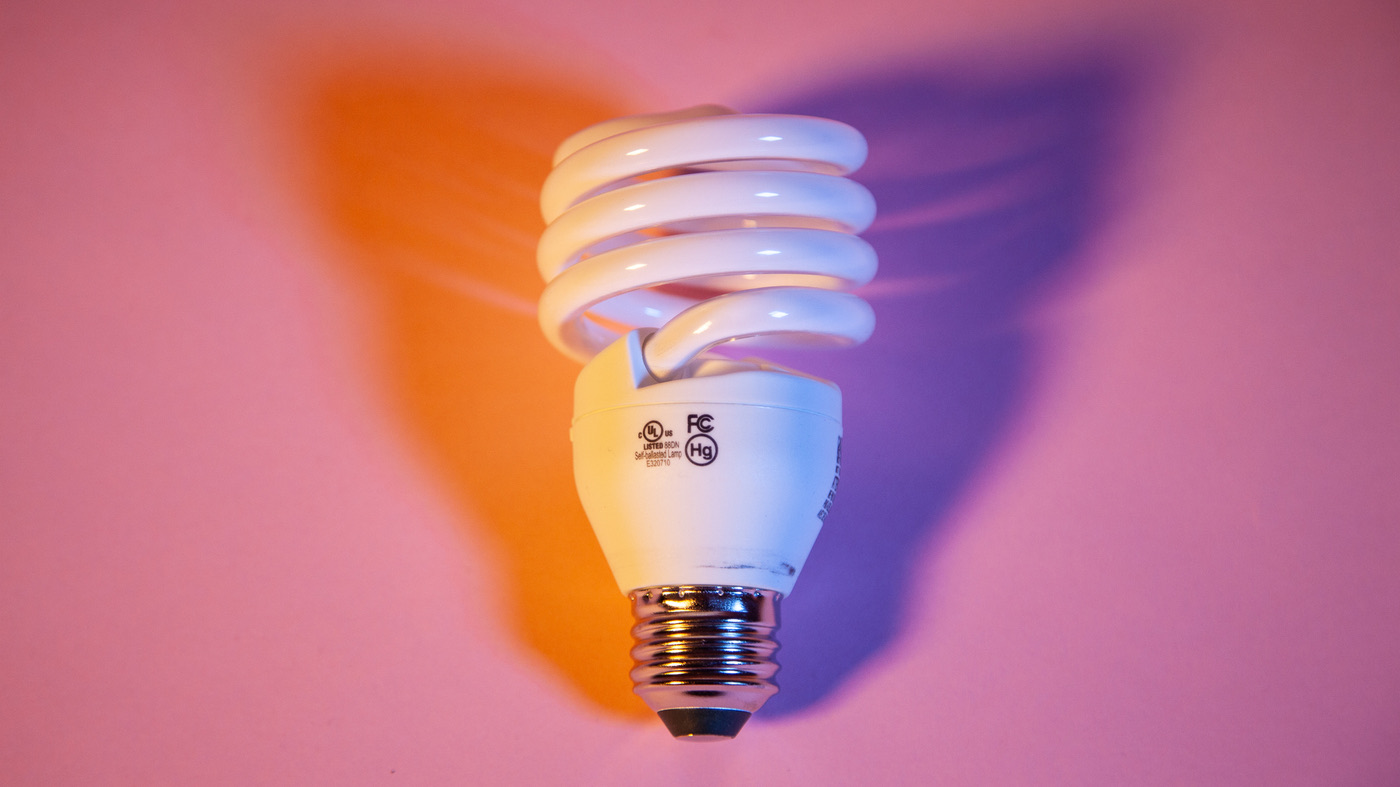
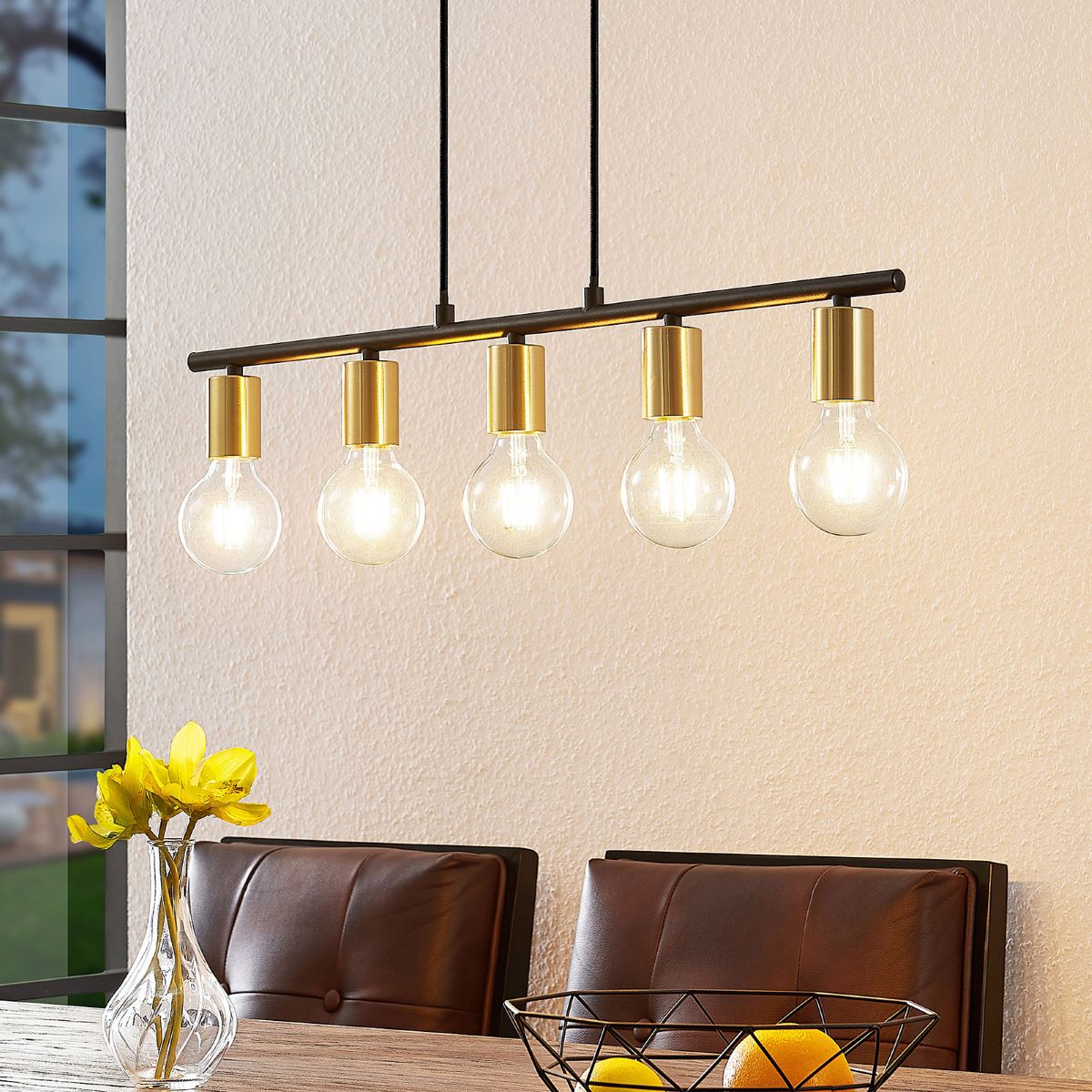
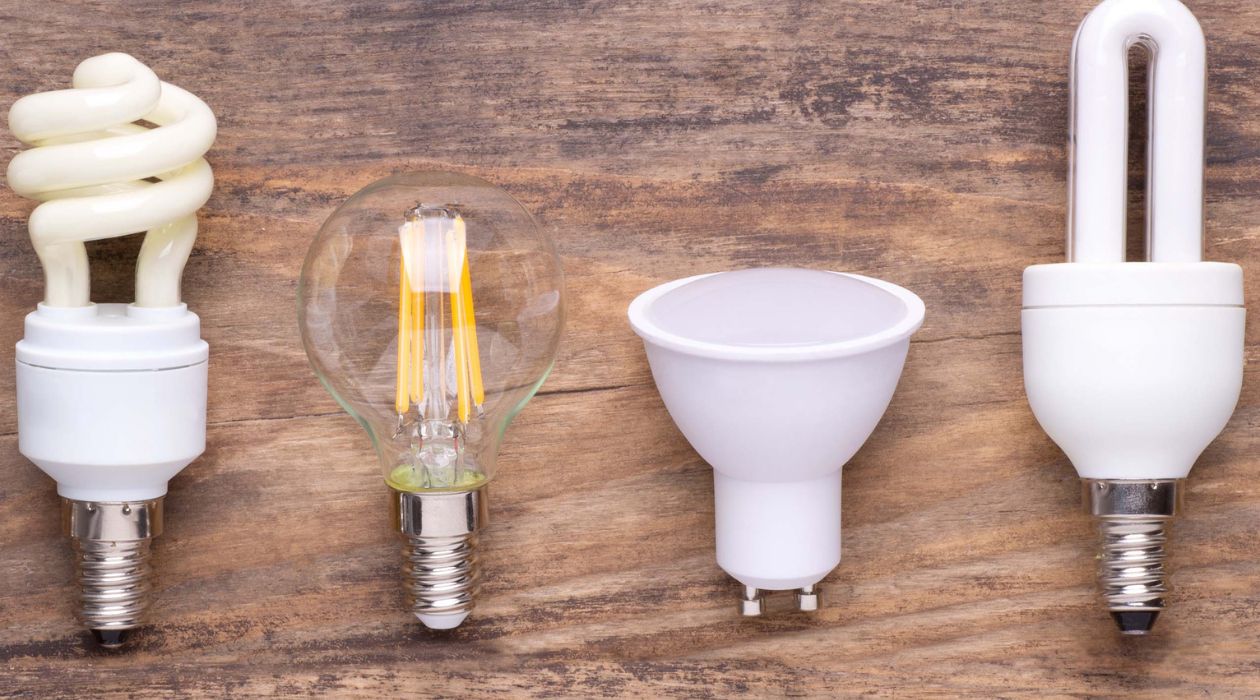
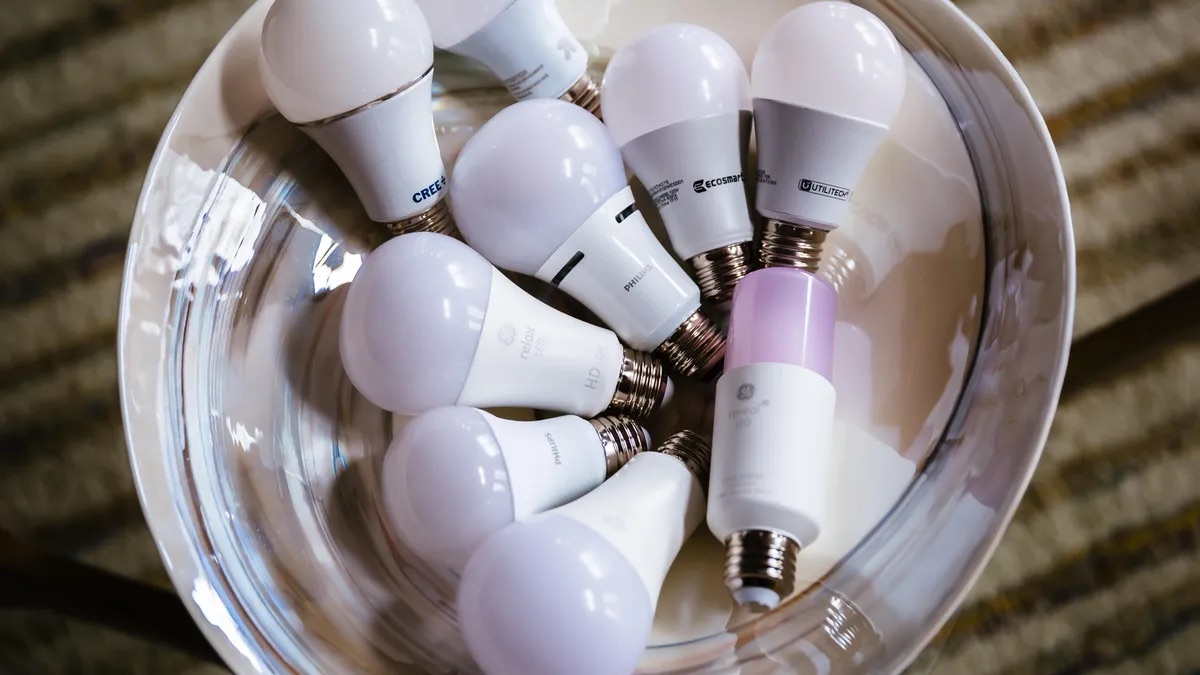
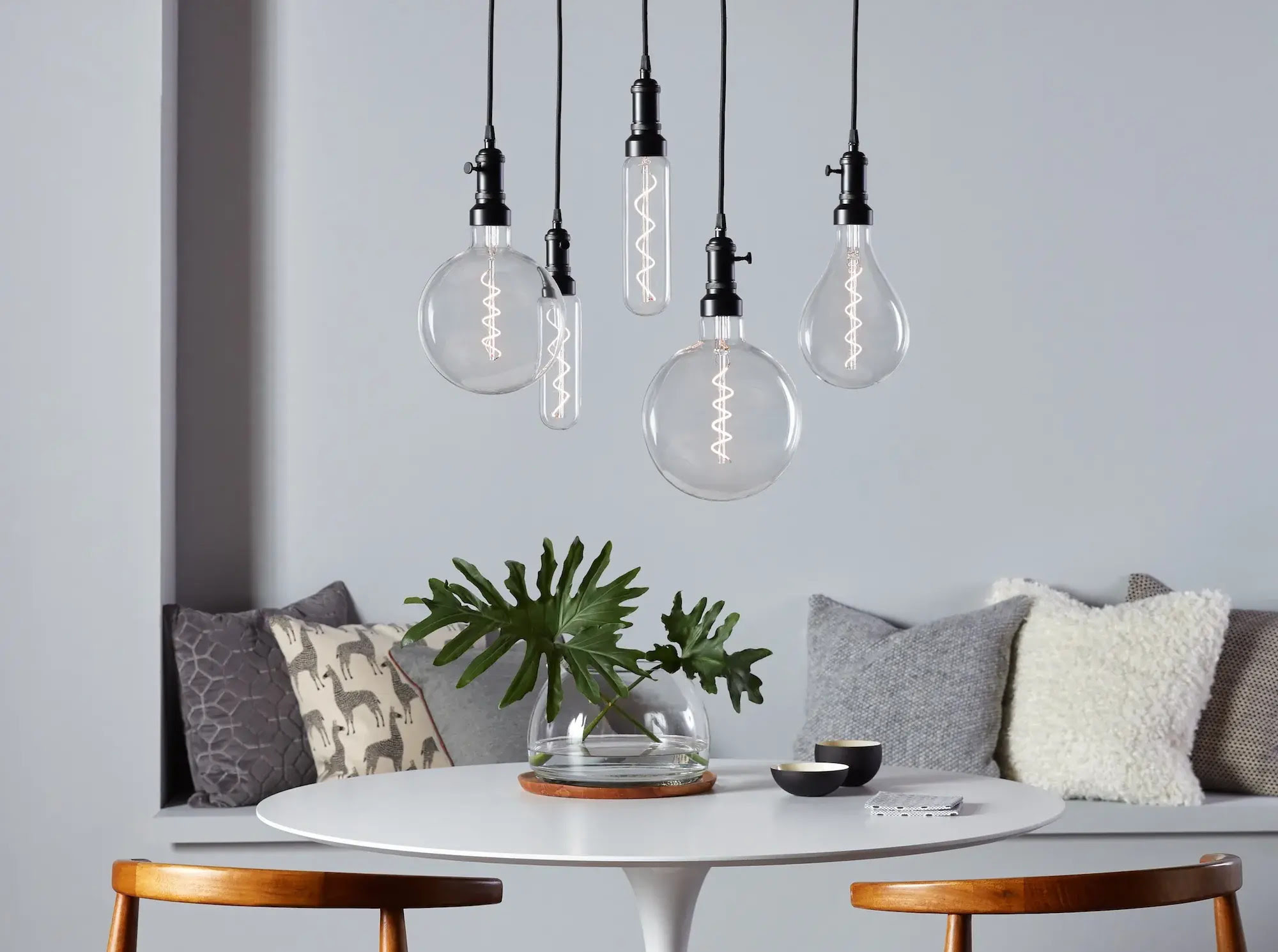
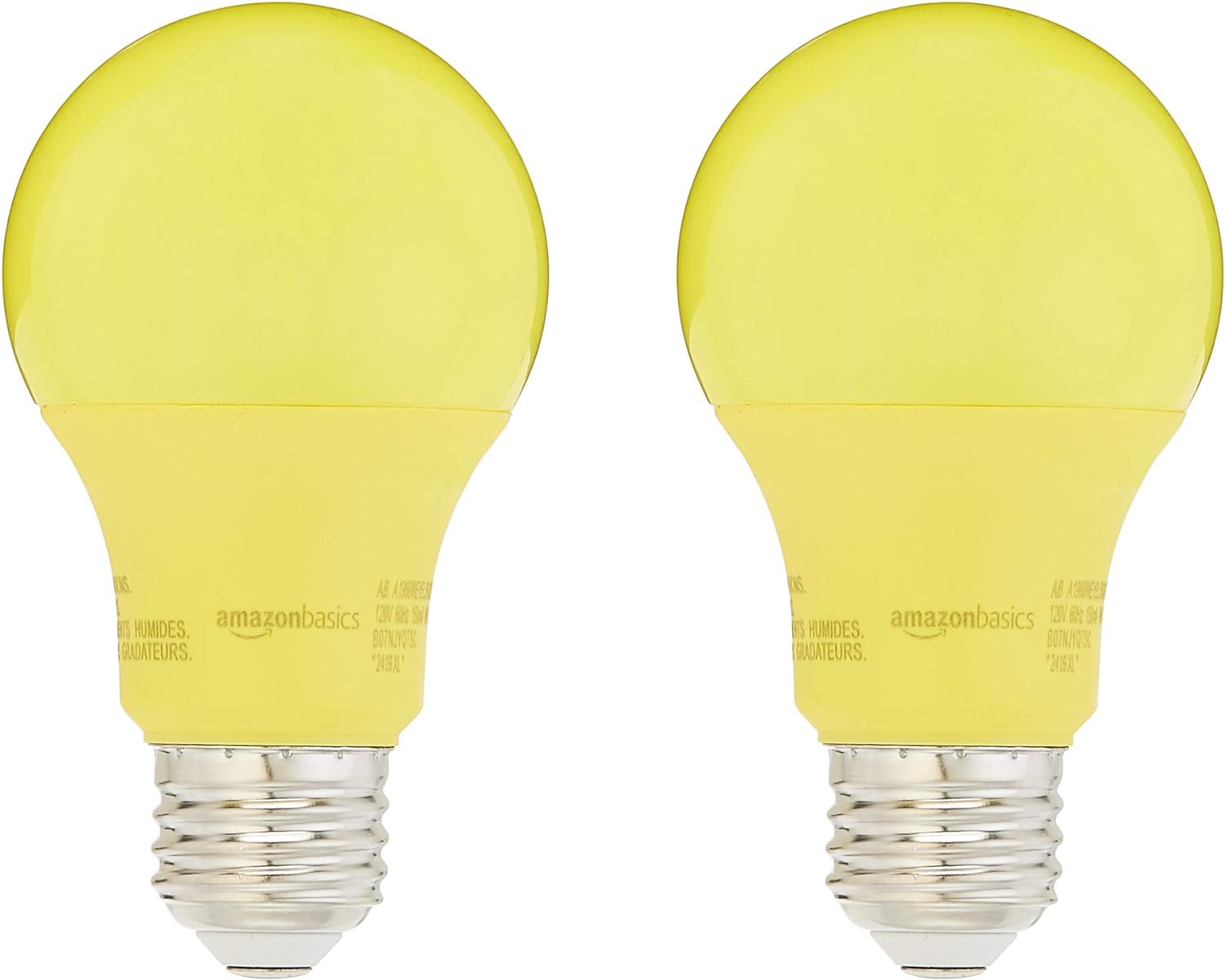
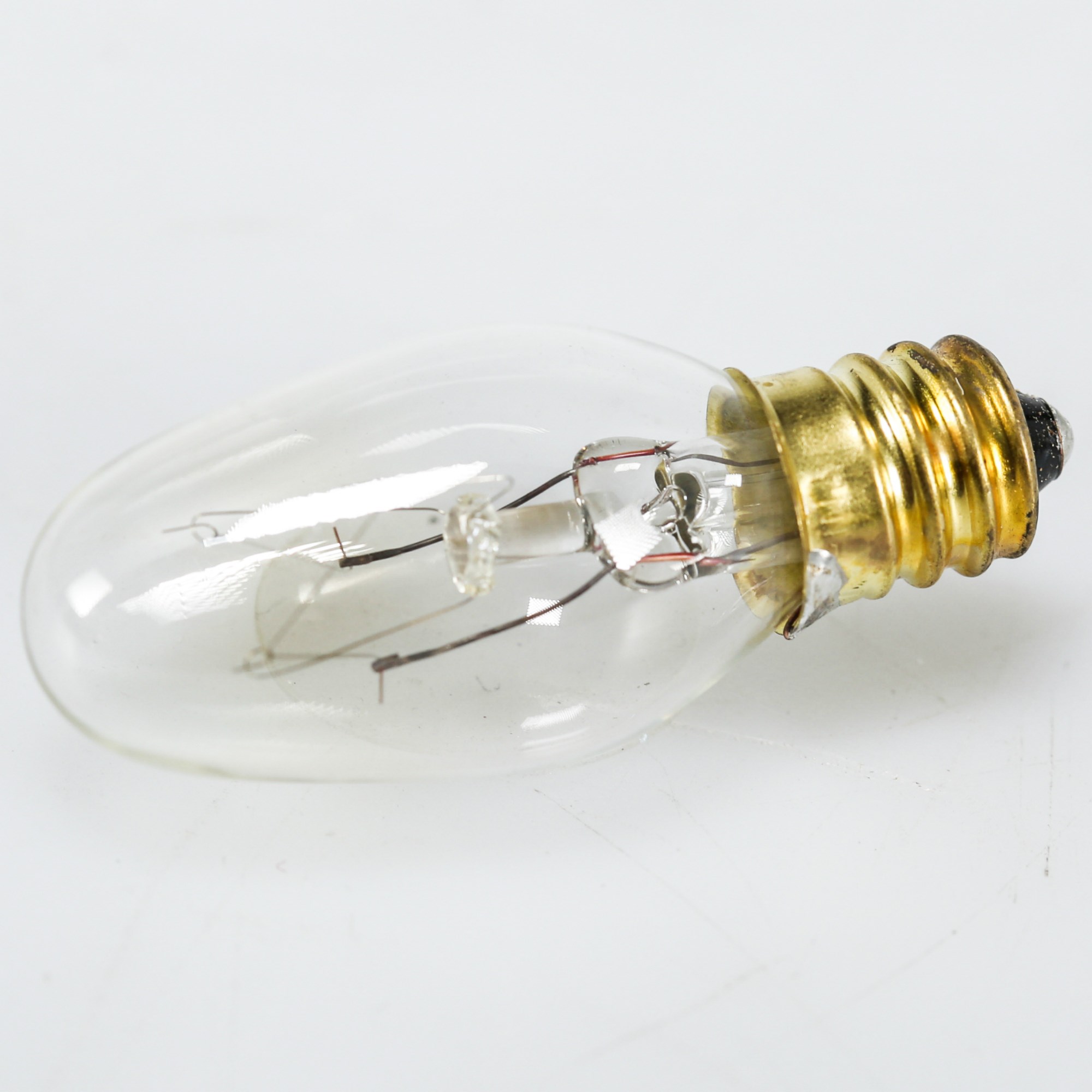
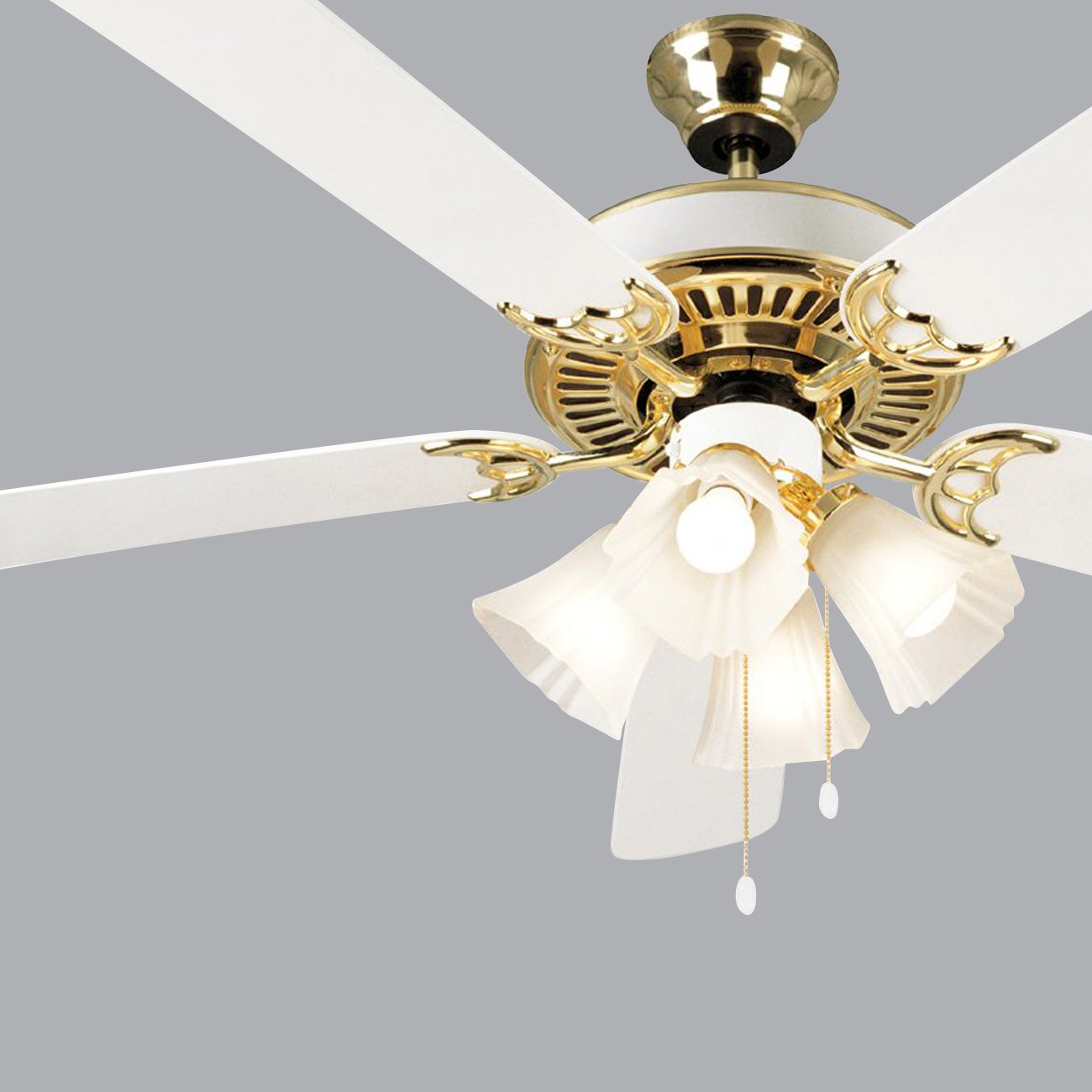

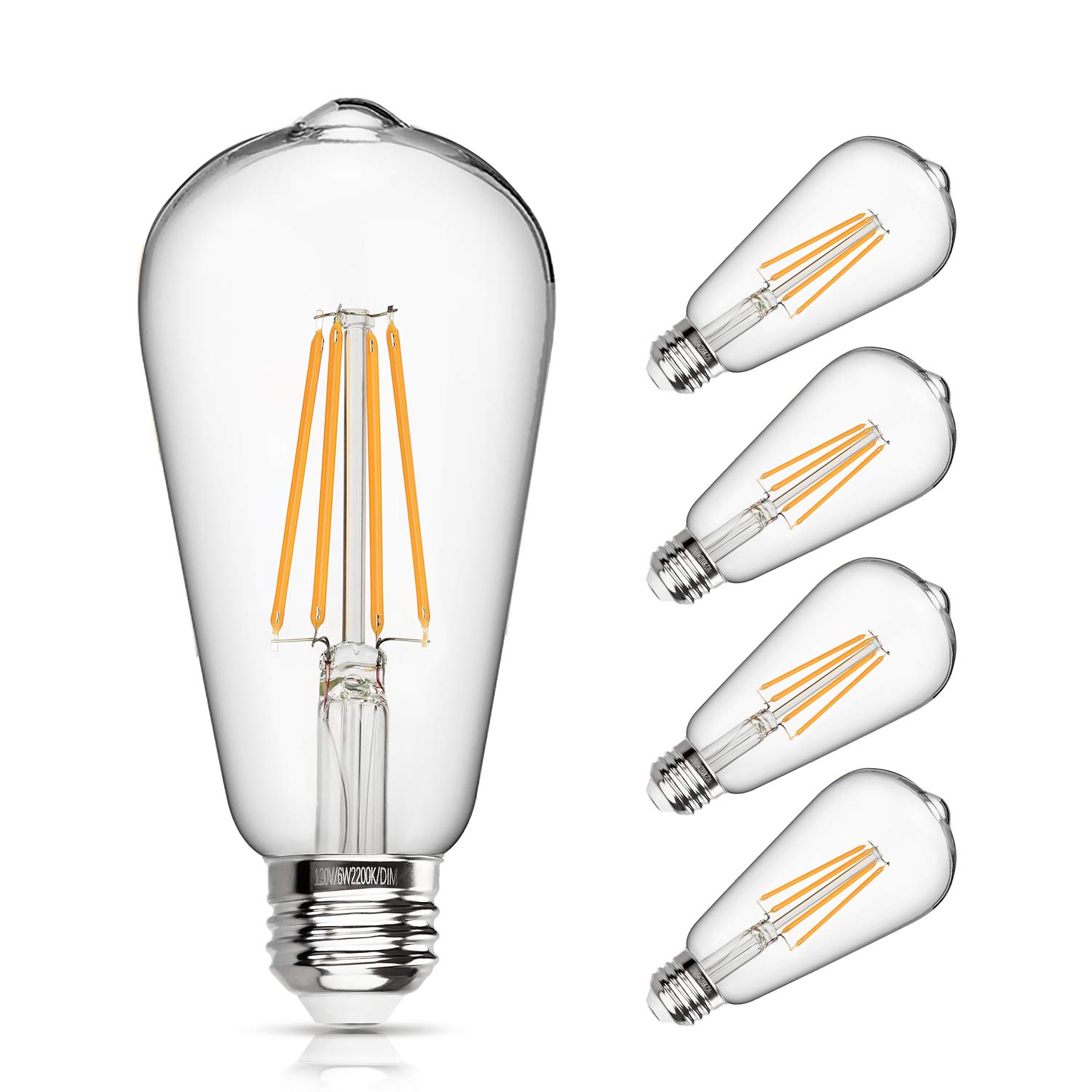
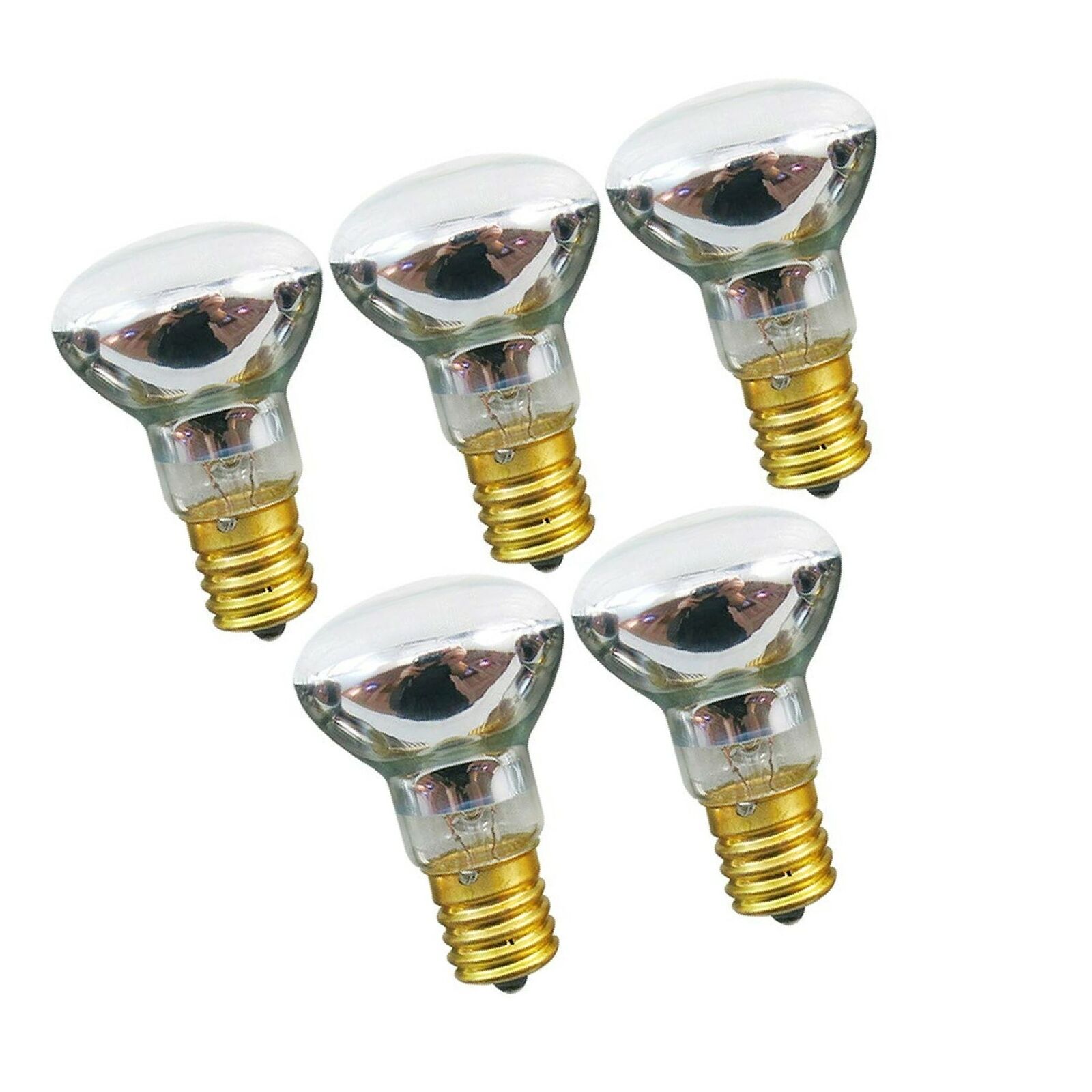
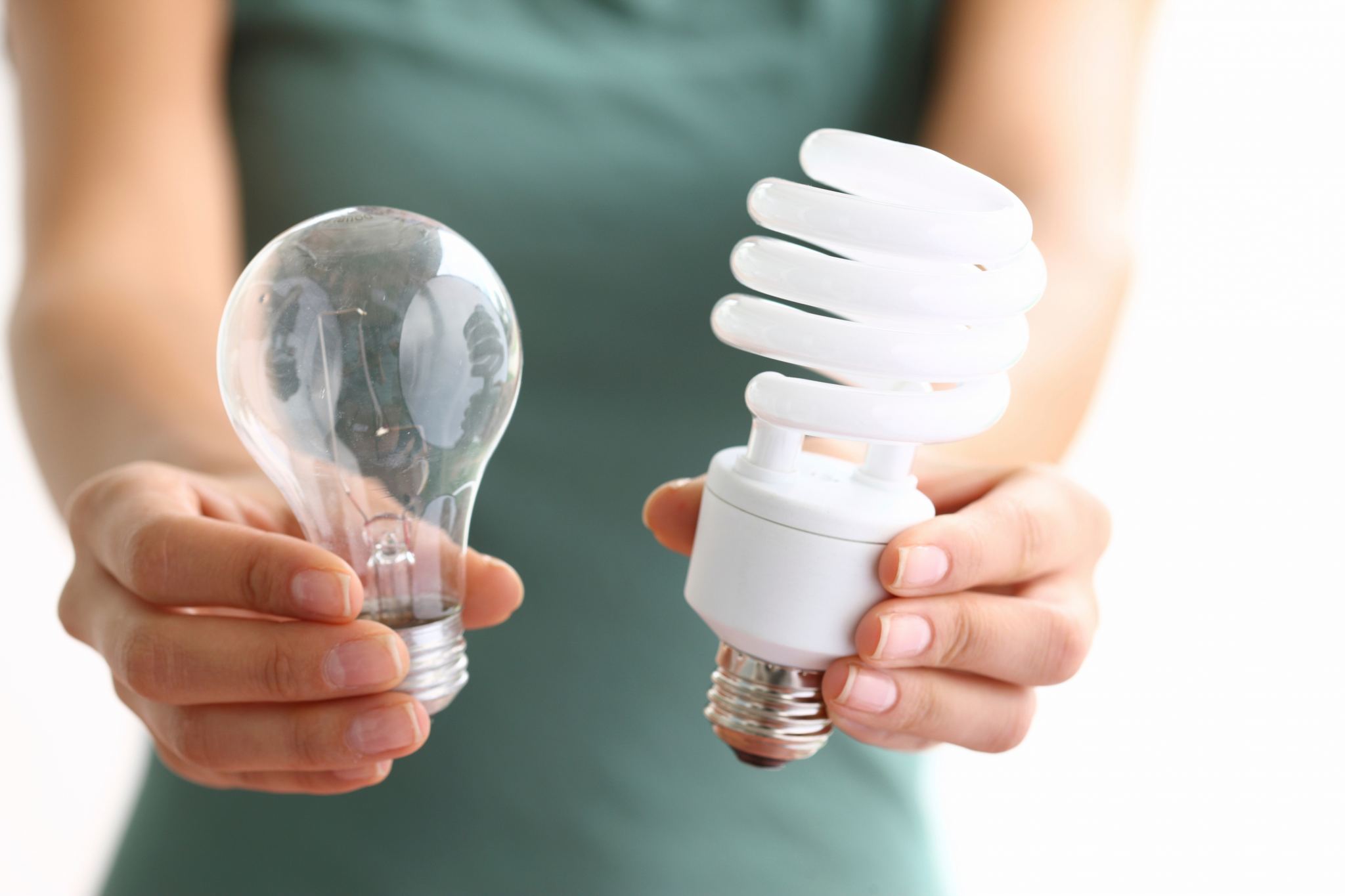
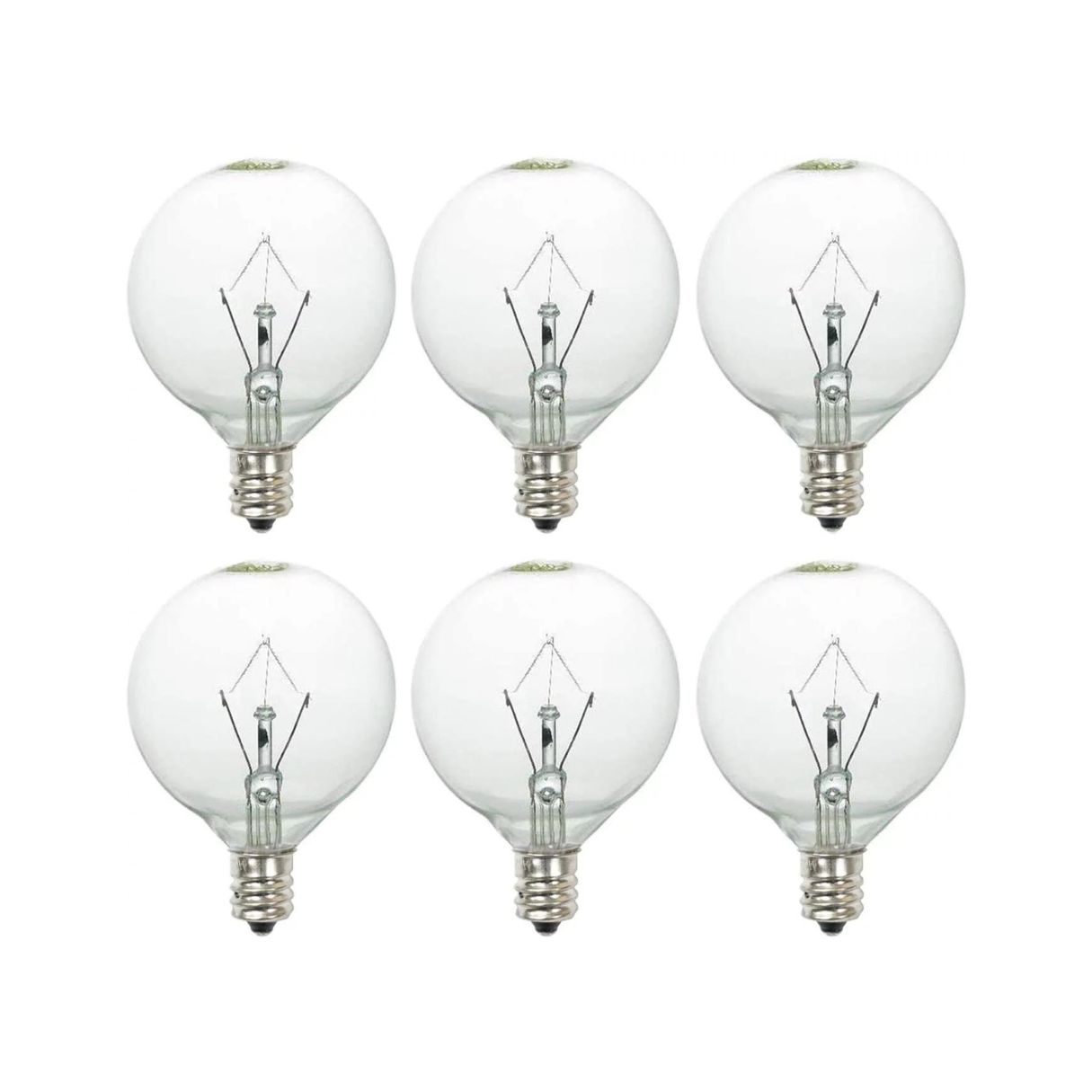
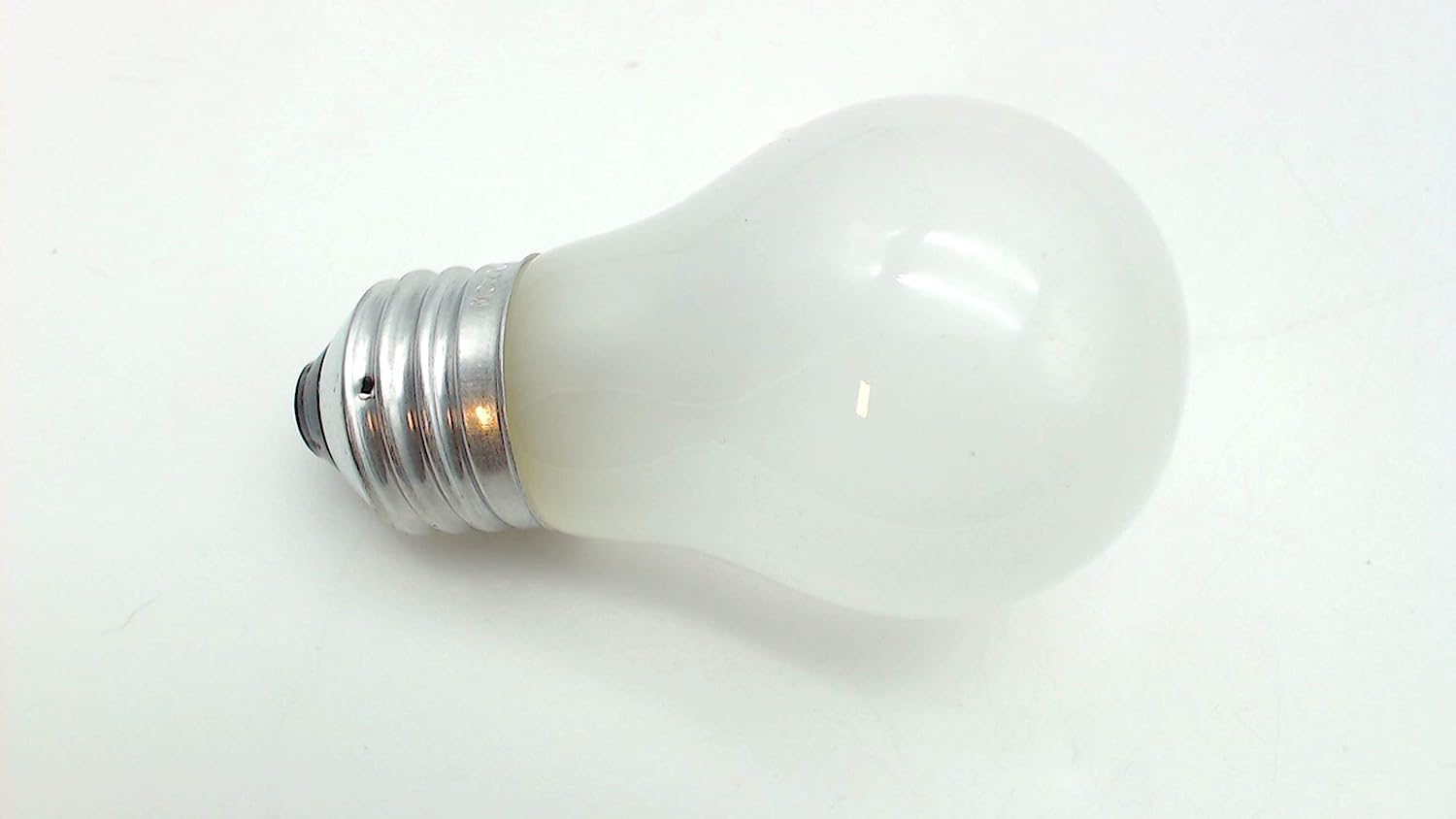

0 thoughts on “How To Know What Watt Light Bulb To Use”